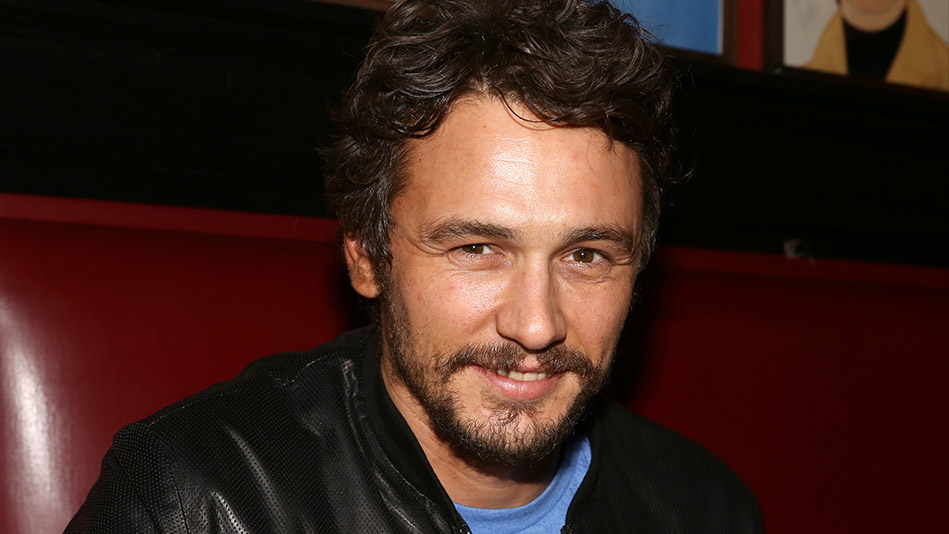
Photo: Walter McBride / Getty Entertainment
He was Julia Roberts's boyfriend in Eat Pray Love and a rock climber in 127 Hours. Now, the actor, artist and author explores the books that influenced his work—and his writing.
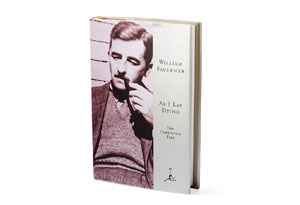 As I Lay Dying
As I Lay DyingBy William Faulkner
"My father gave me this book when I was getting into trouble in high school," says Franco, whose story collection, Palo Alto, focuses on several delinquent teens, including one on probation for drunk driving. "I was spending a lot of time alone at home," he continues, "and that's when I really started reading." First published in 1930, Faulkner's fifth novel follows the corpse of Addie Bundren as her family hauls her coffin on an arduous journey across Mississippi for burial near her relatives in Jefferson. Franco, who is working on a film adaptation of the book, has read it several times and is drawn to the nontraditional style and multivoiced narration: "Essentially, the book is a bunch of smaller, linked episodes. I really love the interior lives of the characters and the multiple perspectives—they have inspired my own stories."
Franco's next pick: Love & Fame by John Berryman

Photo: Philip Friedman/Studio D
Love & Fame
By John Berryman
After winning the Pulitzer Prize in 1965 for 77 Dream Songs (later released with additions as The Dream Songs) John Berryman wrote two more volumes of poetry including Love & Fame, the last collection he published before jumping off a bridge. "Because he had achieved something so complicated and dense in the earlier book," Franco says, "I felt like Love & Fame provided him with the space to be much more spare and plainspoken. These poems also have a very strong voice."
Franco's next pick: What Makes Sammy Run? by Budd Schulberg
By John Berryman
After winning the Pulitzer Prize in 1965 for 77 Dream Songs (later released with additions as The Dream Songs) John Berryman wrote two more volumes of poetry including Love & Fame, the last collection he published before jumping off a bridge. "Because he had achieved something so complicated and dense in the earlier book," Franco says, "I felt like Love & Fame provided him with the space to be much more spare and plainspoken. These poems also have a very strong voice."
Franco's next pick: What Makes Sammy Run? by Budd Schulberg
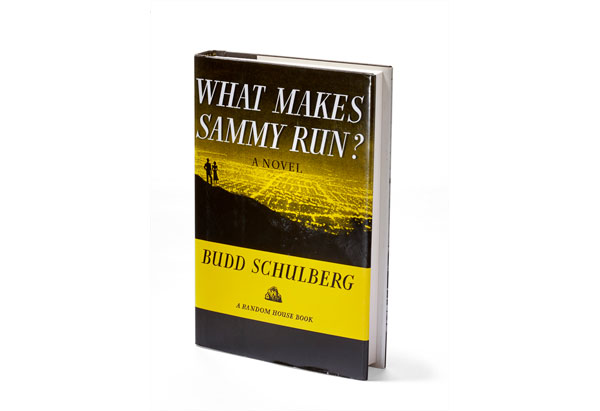
Photo: Ben Goldstein/Studio D
What Makes Sammy Run?
By Budd Schulberg
"I'm a cat guy," Franco says, "and I name them after figures in literature. Right now I have two cats: Zelda [Fitzgerald] and Sammy [Glick]." Sammy must be some cat, if he's anything like his namesake, the relentless newspaper copy boy described in the Schulberg classic as "a little ferret of a kid," who careens up the ranks, launching himself into Hollywood by stealing a screenplay. First published in 1941, the novel has the pace of a thriller as it contends with larger questions of individuality and the collective good. "It's difficult to find books about the movie industry that have the depth of literary fiction, aside from classics like The Day of the Locust and They Shoot Horses, Don't They?," Franco says. "The fact that Schulberg achieved that in What Makes Sammy Run? is impressive to me."
Franco's next pick: House of Leaves by Mark Z. Danielewski
By Budd Schulberg
"I'm a cat guy," Franco says, "and I name them after figures in literature. Right now I have two cats: Zelda [Fitzgerald] and Sammy [Glick]." Sammy must be some cat, if he's anything like his namesake, the relentless newspaper copy boy described in the Schulberg classic as "a little ferret of a kid," who careens up the ranks, launching himself into Hollywood by stealing a screenplay. First published in 1941, the novel has the pace of a thriller as it contends with larger questions of individuality and the collective good. "It's difficult to find books about the movie industry that have the depth of literary fiction, aside from classics like The Day of the Locust and They Shoot Horses, Don't They?," Franco says. "The fact that Schulberg achieved that in What Makes Sammy Run? is impressive to me."
Franco's next pick: House of Leaves by Mark Z. Danielewski
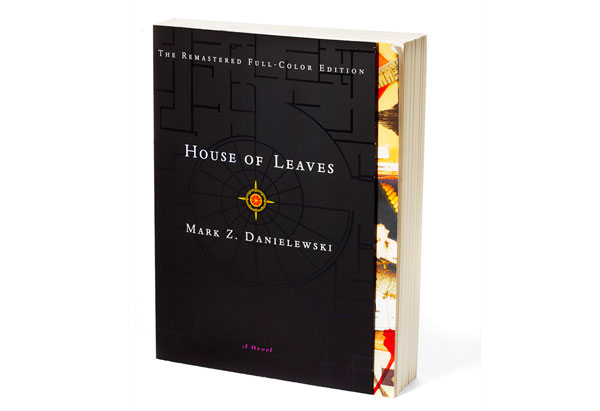
Photo: Ben Goldstein/Studio D
House of Leaves
By Mark Z. Danielewski
Johnny Truant, an obsessive artist working in an L.A. tattoo parlor, discovers a mysterious manuscript called "The Navidson Record," a photojournalist's account of a home that defies the laws of physics. Part horror flick, part love story, this expansive and ambitious tome, initially released over the Internet, weaves together extensive footnotes and semiotic ramblings. "This is a novel," says Franco. "But it's also inspired by film, scholarship, and digital media. I'm drawn to all media and genres that are looking for new ways of expression."
Franco's next pick: Jesus' Son by Denis Johnson
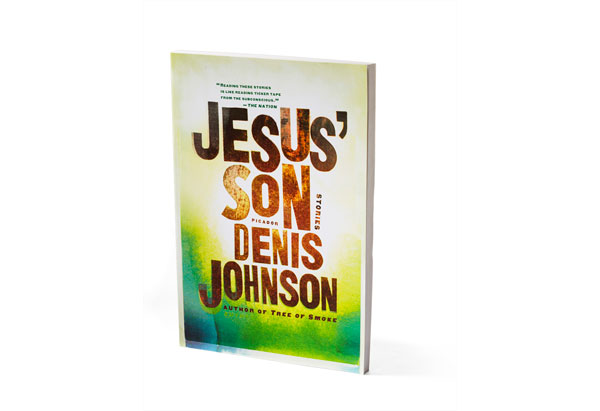
Photo: Ben Goldstein/Studio D
Jesus' Son
By Denis Johnson
Every line in this book is a sucker punch. Gritty and transcendent, these stories often center on one figure, a mendicant roaming about in an addiction-fueled haze, wading through grief, desolation, and violence to find redemption. Despite the darkness, Franco says, this book is really about "a guy just trying to get by." Poet, journalist, and novelist Johnson is the quintessential bad boy—but with a tender streak. "He brings in a whole sphere of emotion, which allows for deeper meaning," says Franco. "The stories move beyond a sociological depiction of drug experiences, to become art."
And making a difference to us: James Franco's Palo Alto
By Denis Johnson
Every line in this book is a sucker punch. Gritty and transcendent, these stories often center on one figure, a mendicant roaming about in an addiction-fueled haze, wading through grief, desolation, and violence to find redemption. Despite the darkness, Franco says, this book is really about "a guy just trying to get by." Poet, journalist, and novelist Johnson is the quintessential bad boy—but with a tender streak. "He brings in a whole sphere of emotion, which allows for deeper meaning," says Franco. "The stories move beyond a sociological depiction of drug experiences, to become art."
And making a difference to us: James Franco's Palo Alto
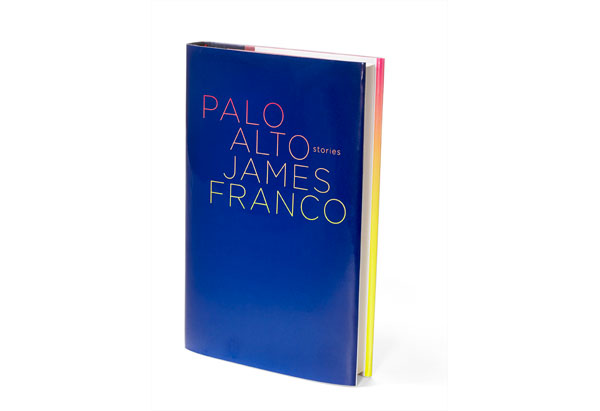
Photo: Ben Goldstein/Studio D
James Franco's short story collection that's making a difference to us...
Set in suburban San Francisco, the spare and riveting stories in James Franco's debut collection, Palo Alto (Scribner), which he dedicated "to the teachers," illustrate the turbulence of youth in a chorus of interconnected lives, teenagers sizzling with struggle beyond their years. From snickering underachievers to self-destructive girls, these gun-toting, chain-smoking kids wreak havoc on their neighborhood, stopping only occasionally to contemplate their own apathy, nihilism, and the deeper psychological underpinnings of their era. Franco's ear for juvenile vernacular—"Birds, and birds, and animals, and things; with slingshots, and BB guns; we killed 'em, and killed 'em. We killed so many"—is like a Ouija board summoning the lost voices of Generation Z.
Set in suburban San Francisco, the spare and riveting stories in James Franco's debut collection, Palo Alto (Scribner), which he dedicated "to the teachers," illustrate the turbulence of youth in a chorus of interconnected lives, teenagers sizzling with struggle beyond their years. From snickering underachievers to self-destructive girls, these gun-toting, chain-smoking kids wreak havoc on their neighborhood, stopping only occasionally to contemplate their own apathy, nihilism, and the deeper psychological underpinnings of their era. Franco's ear for juvenile vernacular—"Birds, and birds, and animals, and things; with slingshots, and BB guns; we killed 'em, and killed 'em. We killed so many"—is like a Ouija board summoning the lost voices of Generation Z.




